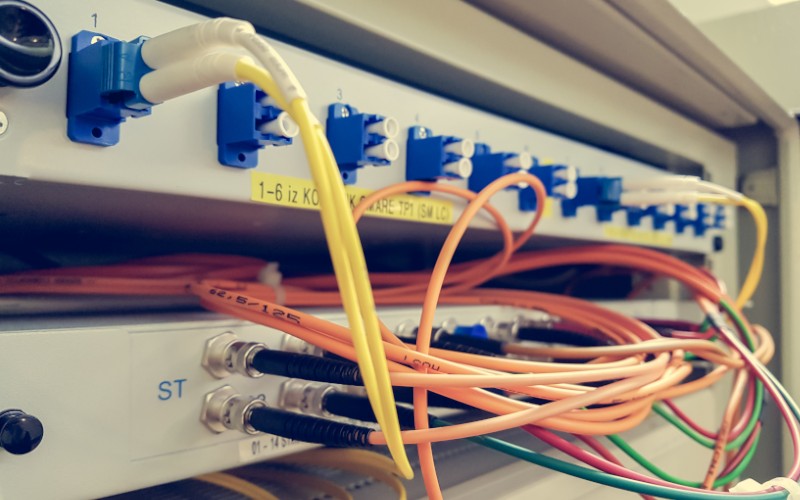
UMAS (Unified Messaging Application Services) is a Schneider Electric (SE) proprietary protocol used to configure and monitor Schneider Electric programmable logic controllers (PLCs). While it is true that the protocol is related to this manufacturer, the use of the protocol is quite widespread in different sectors, especially the energy sector, as is obvious.
The article will focus on the technical breakdown of the protocol and the use of the protocol. The article will also show weaknesses, strengths and some technical vulnerabilities detected in this protocol.
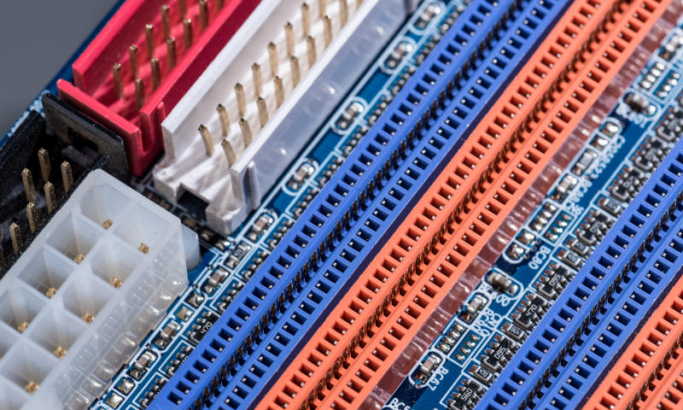
This post presents some lines of action that should be followed to deal with a DrDoS cyberattack based on the PortMapper protocol, describing in detail the prevention, identification and response phases to follow.

This post presents some lines of action that should be followed to deal with a DrDoS cyberattack based on the LDAP protocol, describing in detail the prevention, identification and response phases to follow.
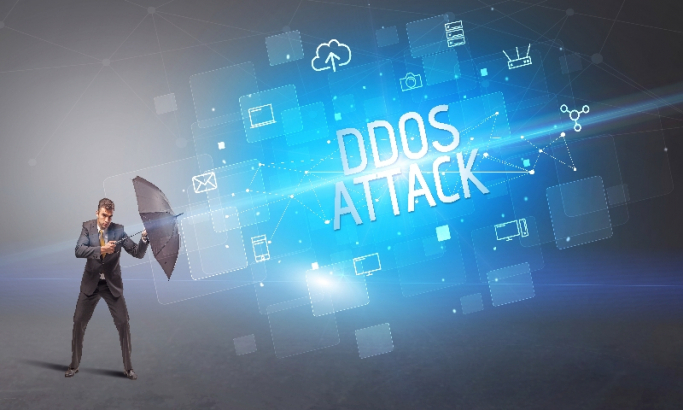
This post presents some lines of action that should be followed to deal with a DrDoS cyberattack based on the QOTD protocol, describing in detail the prevention, identification and response phases to follow.
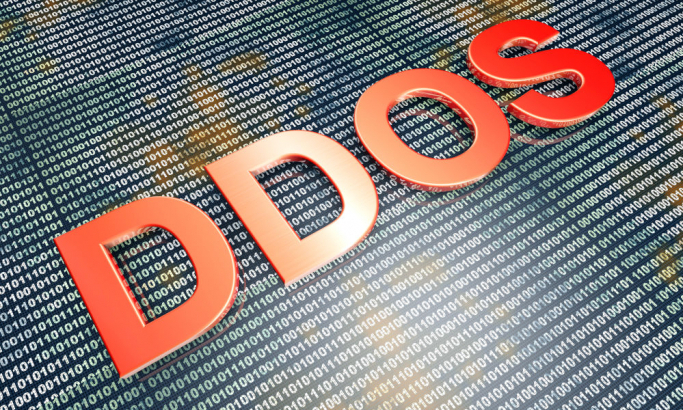
This post presents some lines of action that should be followed to deal with a DrDoS cyberattack based on the SSDP protocol, describing in detail the prevention, identification and response phases to follow.
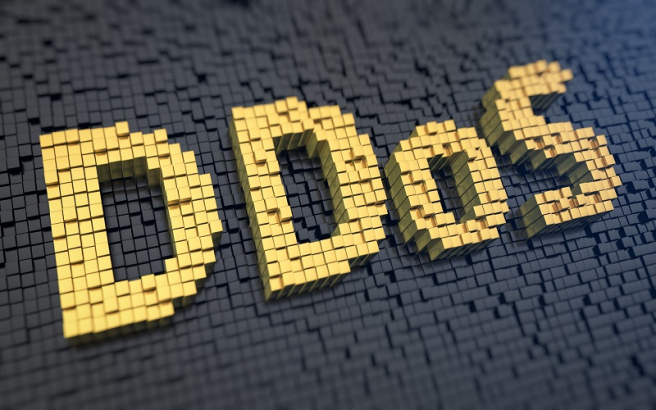
En este post se presentan algunas líneas de actuación que deben seguirse para hacer frente a un ciberataque DrDoS basado en el protocolo CharGEN, describiendo detalladamente las fases de prevención, identificación y respuesta a adoptar.

Space is an increasingly important element in the critical infrastructures of all countries. The possibility of losing or degrading space services can significantly affect both national security and all customers who have contracted services involving the use of satellites or any other space devices, resulting in major economic and security losses.
To protect it, the National Institute of Standards and Technology (NIST) has developed a cyber security framework for the commercial ground segment of the space sector, providing a means for stakeholders to assess their cyber security posture in terms of identification, protection, detection, response and recovery operations, thereby evaluating the level of risk to the satellite ground segment structure.

In the electricity sector, it has always been necessary to use robust communications that allow proper communication, since a failure in this sector would cause a large number of losses, both economic and social.
In addition, with the technological advances, it is important also to have secure communications since the electricity sector is one of the sectors that currently suffers the most cyber-attacks. For this reason, in recent years different robust and secure protocols have been created.
One of these protocols is DNP3, created mainly for the use of substation automation and control systems, for the electric utility industry, although it has now also been used for other sectors.
Finally, in this article we want to explain in more depth the operation of this protocol and the benefits or disadvantages of using this protocol.

CAPEC (Common Attack Pattern Enumeration and Classification) is a project that focuses on enumerating and classifying common attack patterns on computer systems and providing a systematic approach to understanding and addressing the tactics used by attackers. Like CWE (Common Weakness Enumeration), CAPEC is an initiative of the computer security community and is maintained by the National Institute of Standards and Technology (NIST) in the United States. Recently in version 3.9, the project has incorporated a number of attack patterns related to the industrial world.
This article aims to show the reader the use of these codes, such as those used at the identifier level in CVEs, CWEs, etc., and which are related to many of the jobs that are carried out on a daily basis in the industrial cybersecurity sector.

The automotive world has always been one of the most cutting-edge sectors in terms of the technology used, which is why today's cars are equipped with technologies such as Bluetooth, NFC, GPS, etc., which improve different aspects such as comfort, fuel efficiency and increased safety.
But these implemented technologies can also bring with them serious problems, such as the risk of cyber-attacks that can affect passengers in the vehicle, both at the level of personal data and physical security.
For this reason, this article aims to provide an insight into some of the cyber-attacks that smart cars have suffered and how cyber-security is evolving and adapting to make more and more vehicles cyber-safe.



